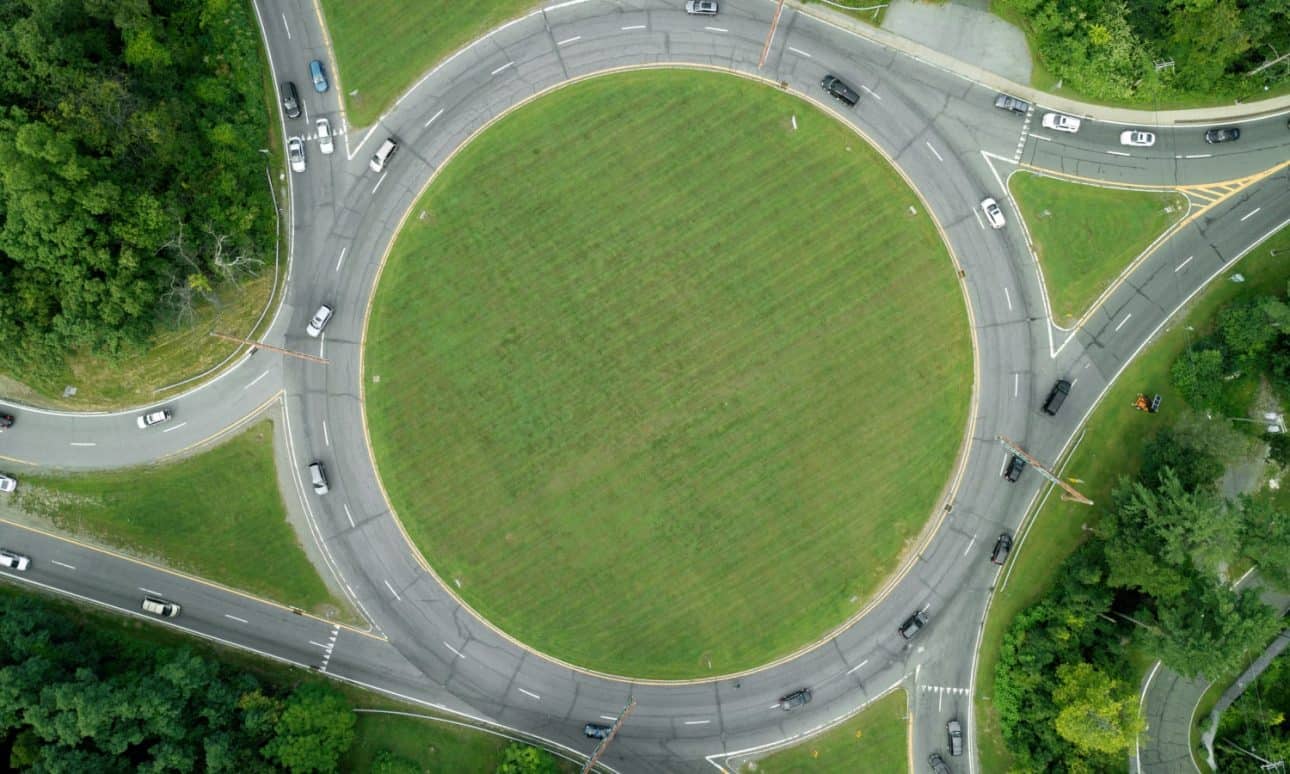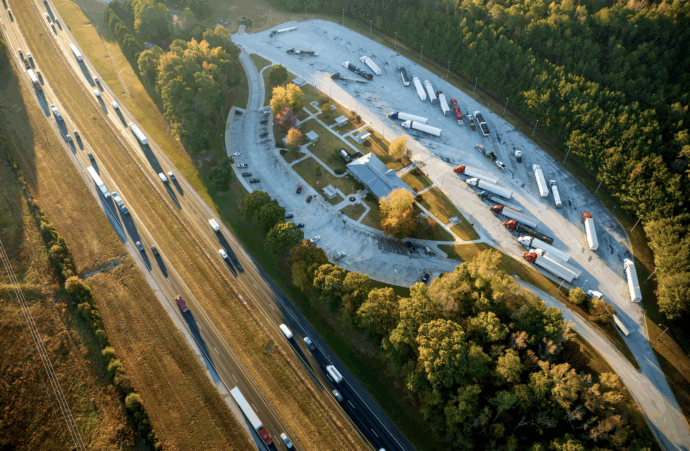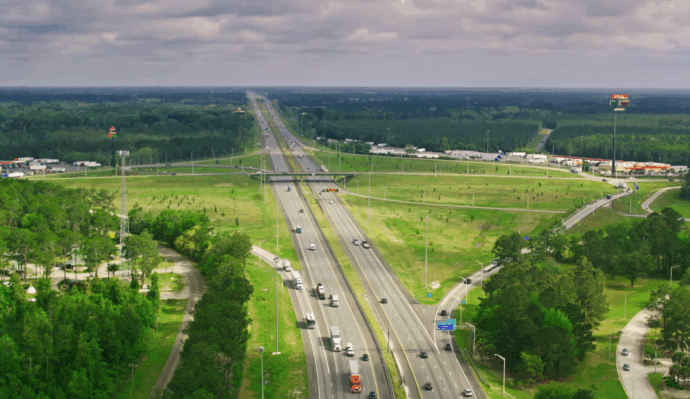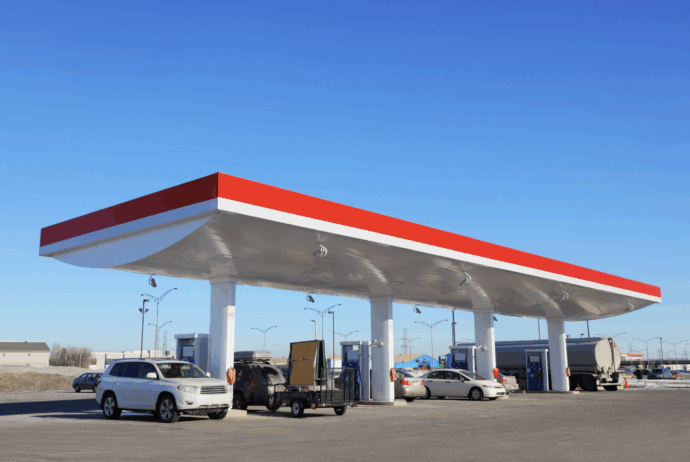Urban areas are hubs for economies, arts, and culture. As a result, they’re constantly changing to reflect the new ways we live, work and interact with one another.
One such change occurred during the pandemic, when the global shift to remote working inspired many people to move from urban areas to suburban and rural locations. This shift, as well as a significant rise in ecommerce and food delivery services, created new conditions and priorities for many transportation departments.
With so much change happening so quickly, access to accurate, insightful data has become more important than ever. Equipped with quality transportation figures, you can go from adapting to change, to encouraging it – helping to create better places to live, work and travel in the process.
But what does quality data look like? The answer to that question has evolved over the last few years. Read on for the key signs that your data is giving you the insights you need to help your city, municipality or region fulfil its potential.





